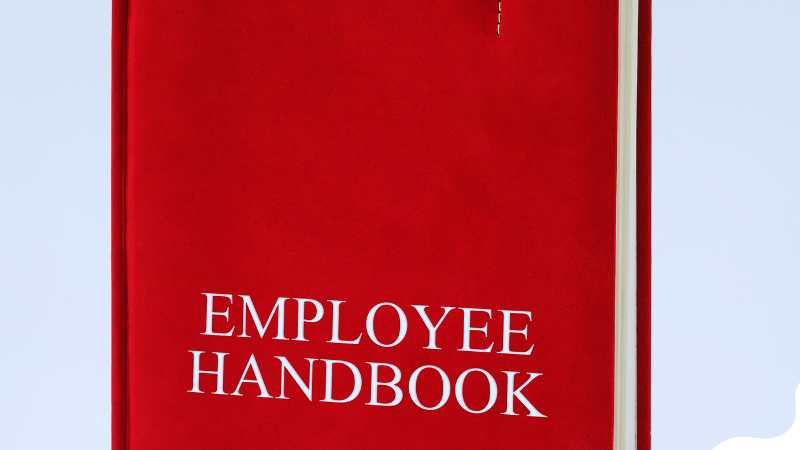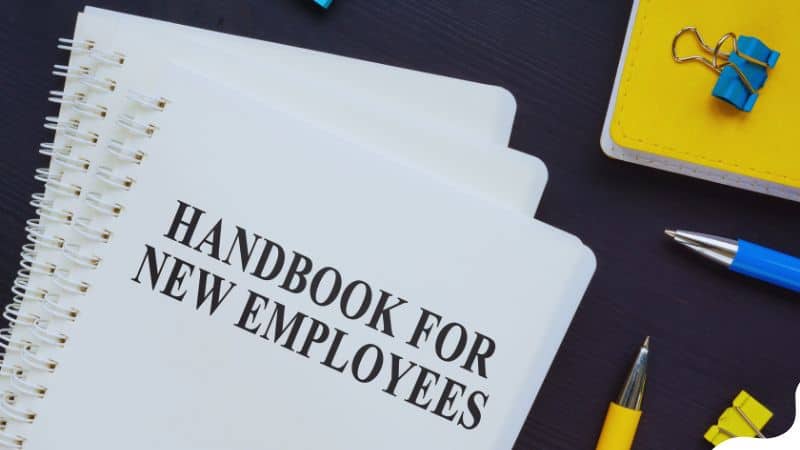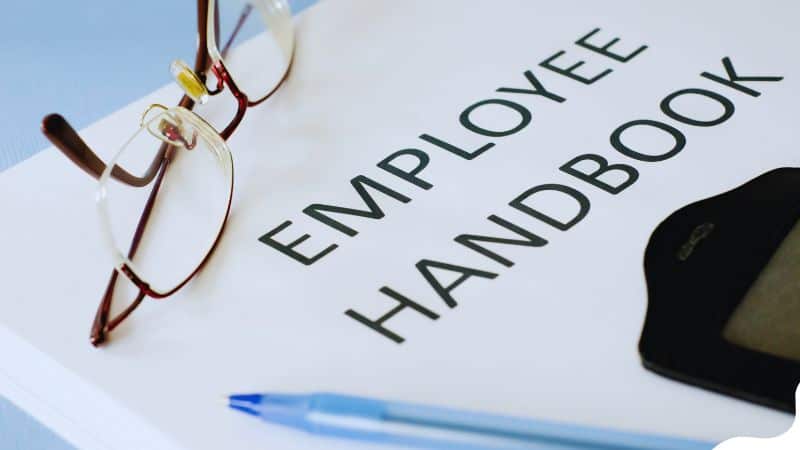Employment policies are an essential part of your employee handbook. This chapter sets clear expectations and provides employees with the information they need to understand their employment status, rights, and responsibilities.
Employment Policies
Employment policies define the rules and guidelines that govern the employment relationship between the company and its employees. These policies cover various aspects such as employment status, recruitment, probation, regularization, resignation, and termination.
Clear employment policies ensure that all employees understand their role within the company, the process of becoming a regular employee, and the terms of their employment.
This transparency builds trust and helps prevent misunderstandings or conflicts.
Additionally, well-defined policies protect both the company and the employees by setting clear expectations from the outset.
Step 1: Define Employment Status
Clarify the different types of employment your company offers. This includes probationary, regular, contractual, and part-time statuses. Make sure employees understand where they fit and what each status entails.
Example:
“We have several employment statuses at [Company Name]:
- Probationary: A trial period of six months during which your performance will be evaluated.
- Regular: After successfully completing the probationary period, you become a regular employee with full benefits.
- Contractual: Hired for a specific project or period, with employment terms outlined in a contract.
- Part-Time: Employees who work less than the standard hours and receive proportional benefits.”
Step 2: Explain the Recruitment and Hiring Process
Describe how your company recruits and hires employees. Include information about background checks, interviews, and the signing of employment contracts. This helps set expectations for new hires.
Example:
“Our recruitment process is designed to find the best fit for our team. It includes multiple stages:
- Application Review: We screen resumes to identify candidates who meet our criteria.
- Interviews: Shortlisted candidates will be interviewed by the hiring manager and HR.
- Background Check: We conduct a thorough background check to ensure the integrity of our team.
- Employment Offer: Successful candidates will receive an employment contract outlining the terms of their position.”
Step 3: Outline the Probationary Period
Detail the length of the probationary period, what’s expected during this time, and how employees will be evaluated. This section reassures employees by letting them know what to expect.
Example:
“New employees will undergo a six-month probationary period. During this time, your performance and fit with our company culture will be assessed. We will conduct a formal evaluation at the end of this period to determine your eligibility for regular employment.”
Step 4: Describe the Regularization Process
Explain what happens after the probationary period. Detail the criteria for regularization and what benefits employees can expect once they become regular.
Example:
“Upon successful completion of the probationary period, you will be regularized as a full-time employee. This means you will be eligible for full company benefits, including health insurance, paid leave, and participation in our profit-sharing program.”
Step 5: Cover Resignation and Termination
Lastly, provide clear guidelines on how employees can resign and under what circumstances they may be terminated. Include information on notice periods, exit interviews, and final pay.
Example:
- Resignation: “If you wish to resign, you must provide at least 30 days’ written notice. An exit interview will be conducted to discuss your reasons for leaving and to collect company property.”
- Termination: “Employment may be terminated for cause, including but not limited to gross misconduct, violation of company policies, or failure to meet performance standards. Terminated employees will receive their final pay within 30 days, including any unused leave credits.”
Sample Chapter 3
Chapter 3: Employment Policies
Employment Status
We have several employment statuses at [Company Name]:
- Probationary: A trial period of six months during which your performance will be evaluated.
- Regular: After successfully completing the probationary period, you become a regular employee with full benefits.
- Contractual: Hired for a specific project or period, with employment terms outlined in a contract.
- Part-Time: Employees who work less than the standard hours and receive proportional benefits.
Recruitment and Hiring
Our recruitment process is designed to find the best fit for our team. It includes multiple stages:
- Application Review: We screen resumes to identify candidates who meet our criteria.
- Interviews: Shortlisted candidates will be interviewed by the hiring manager and HR.
- Background Check: We conduct a thorough background check to ensure the integrity of our team.
- Employment Offer: Successful candidates will receive an employment contract outlining the terms of their position.
Probationary Period
New employees will undergo a six-month probationary period. During this time, your performance and fit with our company culture will be assessed. We will conduct a formal evaluation at the end of this period to determine your eligibility for regular employment.
Regularization Process
Upon successful completion of the probationary period, you will be regularized as a full-time employee. This means you will be eligible for full company benefits, including health insurance, paid leave, and participation in our profit-sharing program.
Resignation and Termination
- Resignation: If you wish to resign, you must provide at least 30 days’ written notice. An exit interview will be conducted to discuss your reasons for leaving and to collect company property.
- Termination: Employment may be terminated for cause, including but not limited to gross misconduct, violation of company policies, or failure to meet performance standards. Terminated employees will receive their final pay within 30 days, including any unused leave credits.








